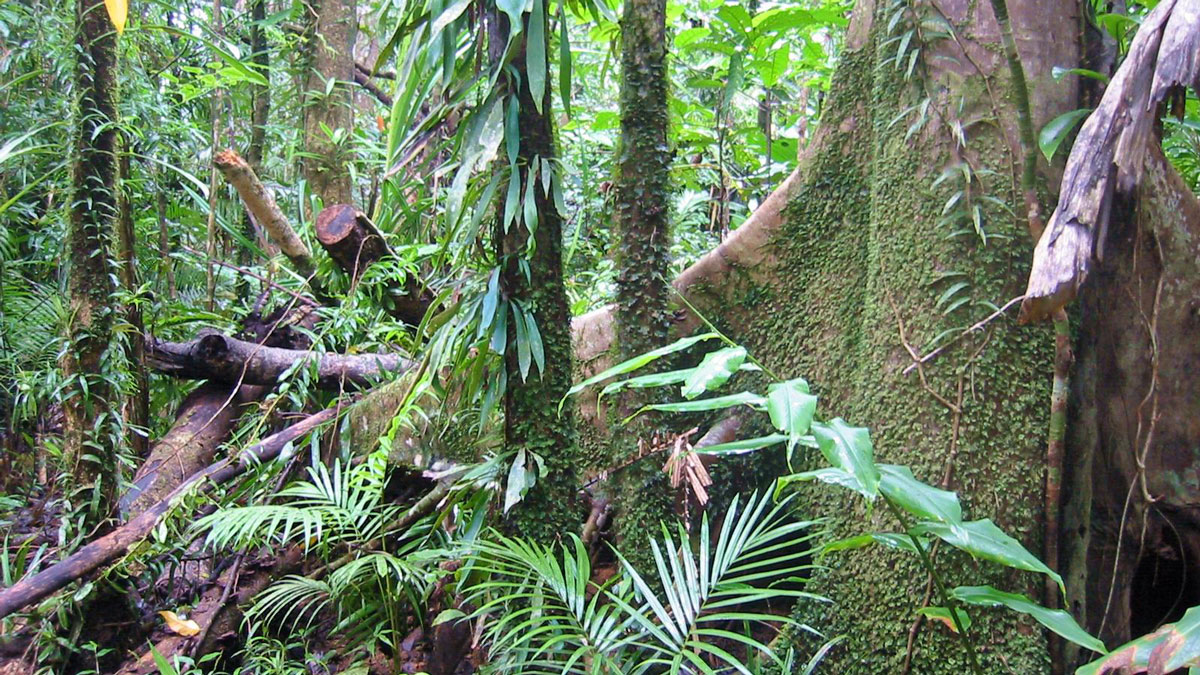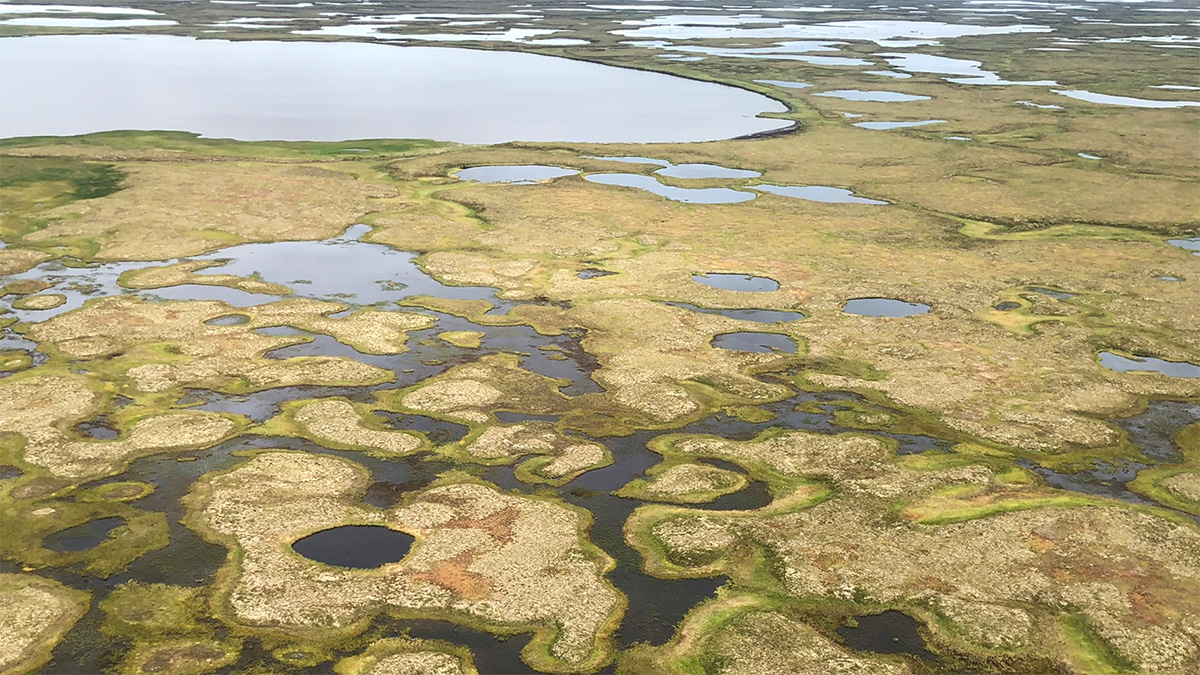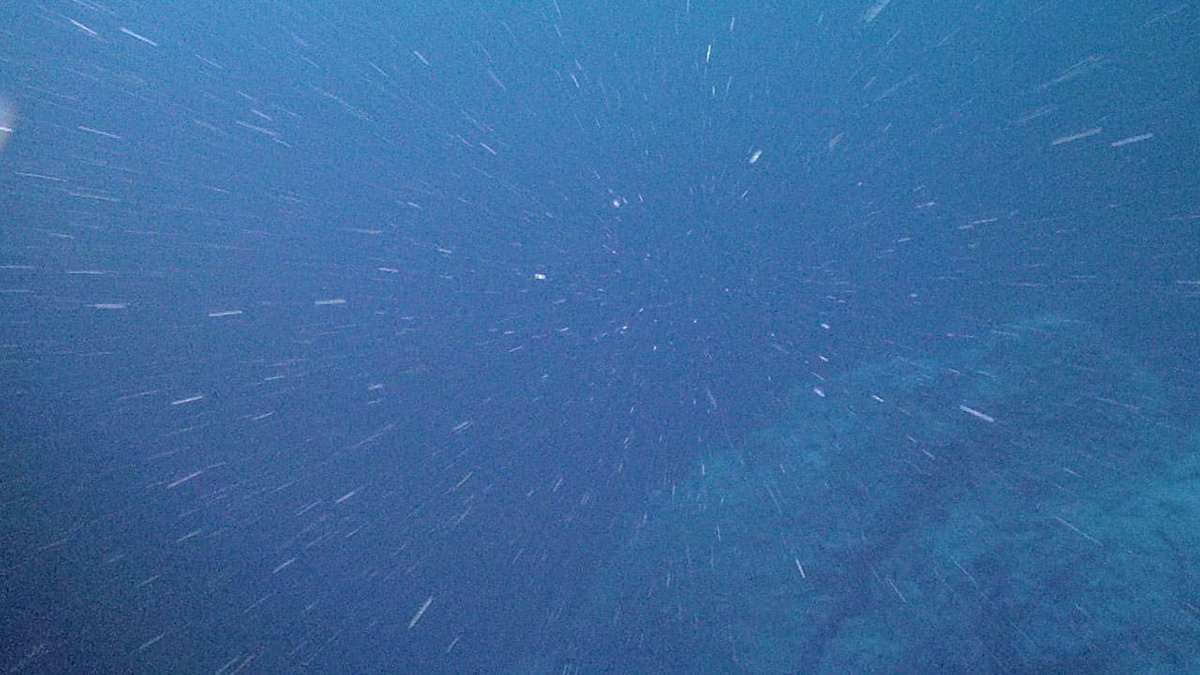If terrestrial biosphere models don’t include nitrogen, they will overestimate carbon sequestration.
Research Spotlights
Research spotlights are plain-language summaries of recent articles published in AGU’s suite of 24 journals.
Do Volcanoes Add More Carbon Than They Take Away?
Slow carbon seep long after eruptions have ceased could shape the carbon cycle on geological timescales.
Neural Networks Map the Ebb and Flow of Tiny Ponds
Ponds play an outsized role in carbon emissions, but their size makes them hard to track. Enter machine learning.
El hierro está en el centro de este debate de las ciencias de la Tierra
Un nuevo estudio investiga el estado del hierro en el interior del planeta. Los hallazgos tienen repercusiones para comprender la estructura del núcleo interno.
La estacionalidad del ciclo del carbono oceánico
Un grupo de científicos investigaron el impacto de los cambios estacionales en la cantidad y velocidad del carbono que viaja desde la superficie al océano profundo.
How Space Storms Miscue Train Signals
Geomagnetic storms could significantly disrupt electrified train operations in the United Kingdom once every few decades, according to a new study.
COVID-19 Got You Feeling Under the Weather? Maybe Blame…the Weather
High humidity and low temperature altered COVID-19 spread in Brazil, but only slightly.
Tree Ring Width Predicted by Machine Learning
When predicting a tree’s annual growth, consider the whole weather system and not just the sum of its parts.










